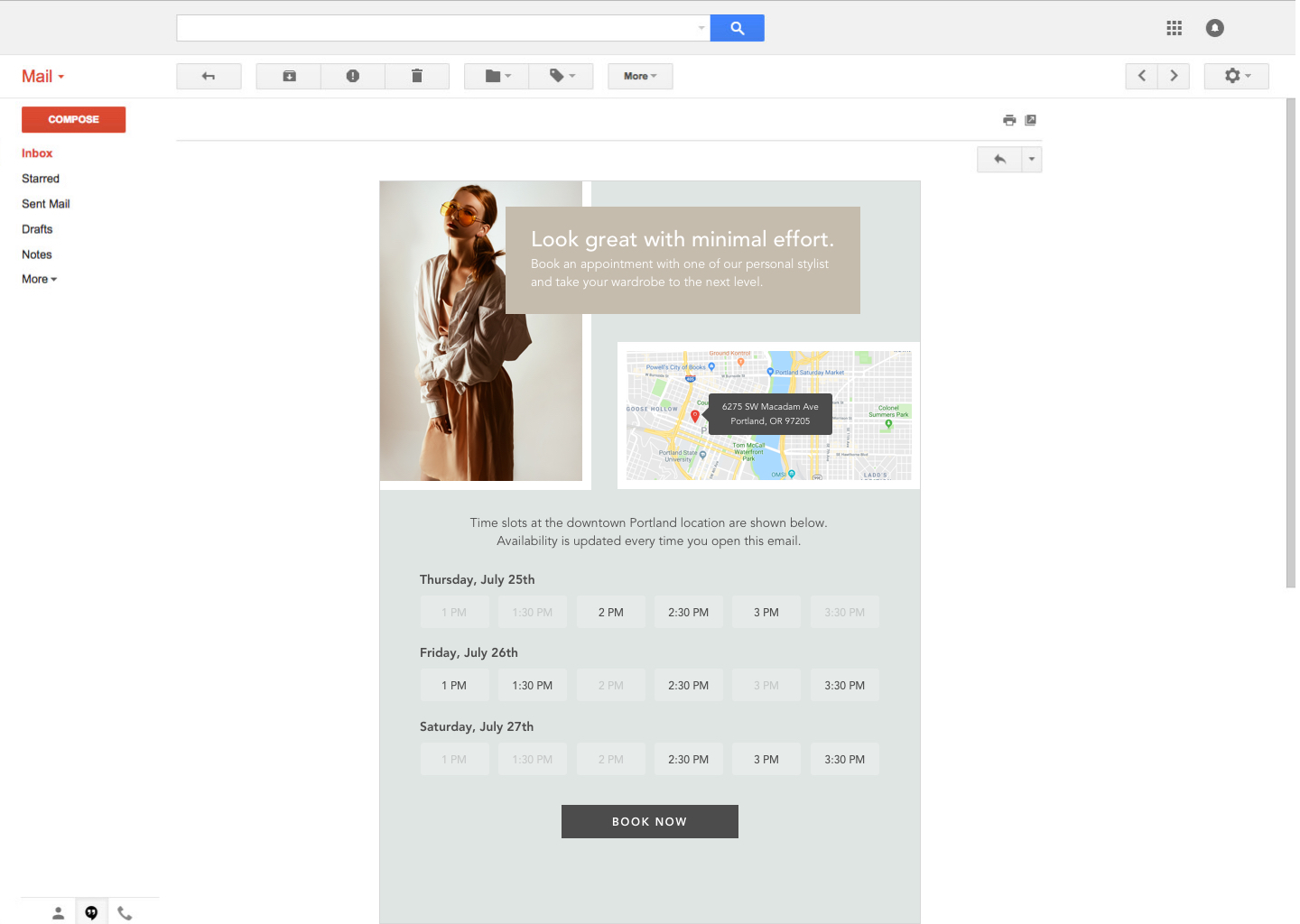Localized vs. Personalized emails: What’s the difference?
When it comes to email marketing, there are aways buzzwords floating around.
Personalization, customization, and localization are some of the most popular right now. These terms are all connected and tie into each other. But, it’s also important to see that there are some key differences too. And these differences matter when you’re trying to come up with the best email marketing campaign to fit your needs.
So, that’s what we’re going to cover here.
First, you’ll learn how localized emails and personalized emails are both types of customized emails. Then, we’ll dig into a few of the distinctions, so you’ll know which is the best approach for the campaigns you want to launch now and into the future.
Let’s get into it.
Understanding customized emails
While it probably seems like the terms customized and personalized sort of mean the same thing, there’s a big difference.
With customized email, your reader chooses the content they get. And when it comes to personalized email, you decide what they get.
So let’s break it down a bit more with an example.
Let’s say you run a clothing store. A person visits your website and comes upon a pop-up or scroll box that asks for their information. They fill that in with their name, email, and zip code as well as what clothing they are interested in, for example, mens, womens, kids, or unisex.

In this case, when this customer checks off the box that they only want to get info from your store about women’s clothing, they have customized their experience.
Now, let’s take it a step further and look at personalization.
Using personalized emails
Personalization is a huge thing in marketing right now. In fact, consumers expect to get personalized emails with content that speaks directly to them.
In most of these cases, your readers aren’t expressly informing you what they want; for example, they might not check off any interest box for your clothing store.
But their behavior is giving you a lot of data points to work with over time. So you might track a user and find out that they are okay with getting any and every email, but they only ever buy men’s clothing.
If you want to send them much more targeted and personalized emails, then you should segment them off into the portion of your email list that’s only targeted to current customers who buy men’s clothing.
Personalization is much more data and behavior focused. You’re using available tools and technology to track this, vs. being told by the customer want they want directly.
Make sense?
Now, let’s throw localized emails into the mix.
Using localized emails
Localized emails focus on your target reader’s local area.
You can get this information through both customized emails, meaning your reader gave you their zip code when they signed up for email. Or you can also get it through personalized emails; the data shows where they are accessing their email or the shipping address for the items they bought.
Sending localized emails is just another way to tap into personalization, especially if you are trying to reach potential customers across different areas and time zones.
For example, let’s say your clothing store has hubs in New York City and Los Angeles. The three hour time difference might not seem like a big deal, but when it comes to improving your deliverability, open, and click rates, you want to always try to send your emails, so they land in the inbox at the best possible time.
These times are not going to be the same in NYC and LA; that’s where localization comes into play. You can send an email that hits an 11 am inbox in New York as well as LA, optimizing the time for both customer bases.
Combining factors
If you’re able to combine all these methods of customization, personalization, and localization into your email campaigns, you’re going to be ready to go deep when it comes to giving your customers what they want — emails that speak directly to them.
Here’s one example:

Your store can send out super personalized emails that highlight a special sale for a local store, complete with appointment times. It’s virtually impossible to do that with a ton of subscribers unless you’ve got the right tools and data to make sure you’re treating your readers as individuals, not just one member of a giant list.
When they realize they can get specific emails that target their exact needs and interests, you’re going to have one happy customer.




